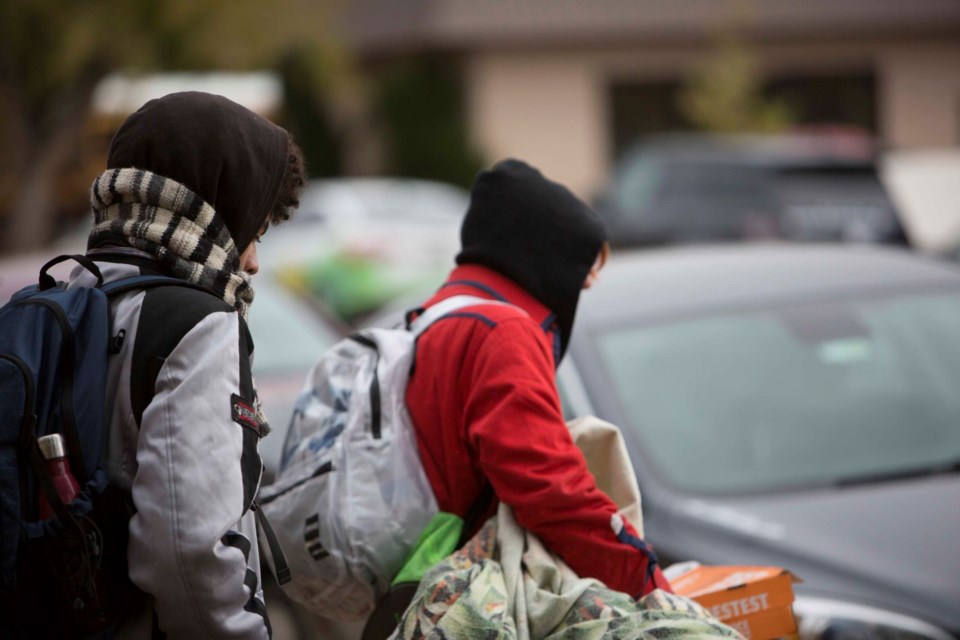Preliminary data shows an increase in the number of homeless people on a single night in the Denver metro area, but a decrease in Boulder County.
The Metro Denver Homeless Initiative released the first phase of the 2022 annual Point-in-Time count data, which captures homelessness nationally on a single night in January. For the Denver metro region, including Adams, Arapahoe, Boulder, Broomfield, Denver, Douglas and Jefferson counties, 784 more individuals were homeless from pre-pandemic levels, according to preliminary data.
The group is awaiting U.S. Department of Housing and Urban Development verification of the demographic data before releasing further information, according to a press release from the Metro Denver Homeless Initiative. A second phase of data will be released once the verification process is completed later this summer.
The count occurred on Monday, Jan. 24 of this year and included both those staying in a shelter and outdoors.
Due to COVID-19 concerns, there was not a count of individuals staying outdoors in 2021. The last time a comprehensive Point-in-Time was conducted was January 2020, about six weeks before the beginning of the pandemic.
In the 2020 count, there were 6,104 people counted experiencing homelessness. This year, 6,888 people were counted.
The number of those staying in a shelter remained fairly consistent from 2020 to 2022, up just 6% to 4,815 people. Unsheltered people jumped 32.8%, from 1,561 to 2,073 people staying outside that night.
“The Point-in-Time is a snapshot of homelessness on a single night with numerous variables such as weather, count participation, volunteer engagement and a variety of other factors,” said Jamie Rife, Metro Denver Homeless Initiative’s executive director, in the release. “While this count can help us understand homelessness on a single night, getting to a place where we have comprehensive, real-time data regionally is the ultimate goal.”
While the overall count has gone up 12.8% for the Denver Metro region, the count in Boulder County went down by 33.3%, from 689 to 457 individuals. Boulder County saw roughly 200 fewer people in shelters compared to 2020 and 36 fewer people staying outside on the most recent count.
In Broomfield, the number of homeless people counted went up by 230%, from 26 to 86 individuals. That includes 21 more people in shelters and 39 more unsheltered people compared to the 2020 count.
Counting the number of unhoused people on one night has its limitations as far as data goes. According to the press release, the Denver metro region has made strides in decreasing its reliance on the one-night count.
Providers, municipalities and others are working together to improve participation with the region’s Homeless Management Information System (HMIS) to make data accessible each day on those experiencing homelessness. Usage has increased in 2022 to help create a more real-time understanding of those staying outdoors as well as assist in connecting clients to services and housing, the release said.
“While the region was able to locate and count 6,888 individuals on a single night experiencing homelessness, the HMIS allows us to see this number is closer (to) 31,000 throughout the course of the year,” Rife said. “This data highlights the dynamic nature of homelessness and the importance of real-time data to allow the region to coordinate effectively and allocate resources efficiently.”



